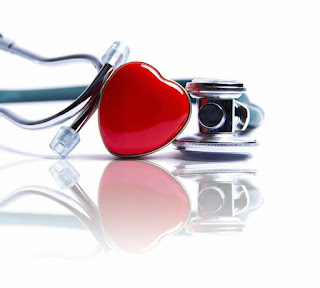The Heart
The heart is a muscular organ, which transmits blood in all the organisms to all parts of the body. The heart is made of cardiac muscle, which is an involuntary muscle, which is found only in the heart organ. The average human heart beats 72 times in a minute, which (about 66 years) beats 2.5 billion times in a lifetime. The human heart pumps 70 milliliters of blood in 1 minute, It has 7600 liters (2000 gallons) in 1 day and pumps 200 million liters of blood in its lifetime. It has an average weight of 250 to 300 grams in females and 300 to 350 grams in males.Structure Of The Heart
The structure of the heart differs in different branches of the animal kingdom. The fish has a two-chambered heart, which pumps the blood in the gill and the blood goes from there to the rest of the body. But the heart is not always isolated in two pumps. Amphibians have a heart containing three chambers.In the human body, the heart is usually located in the middle of a thorax, The largest part of the heart is under the left and breastbone. The heart usually feels left, because the left heart is stronger (It pumps in all parts of the body). The left lung is smaller than the right lungs because the heart surrounds most of the hemithorax. Blood in the heart reaches through coronary circulation And it is covered by a bag called pericardium, It is surrounded by lungs. The pericardium is made up of two parts: dense fibrous connective tissue Which consists of a liquid. Liquid reduces friction during the contractions of the heart.
First Aid
The heart is one of the critical organs of the body Because it provides oxygenated blood for the entire body's biological function. Stopping heartbeat, called cardiac arrest, Which is a critical emergency situation. If it did not focus on this may be in death within a few minutes of cardiac arrest.If a person has a cardiac arrest, should start immediately cardiopulmonary resuscitation. If available, the defibrillator is given priority. Portable defibrillators are available for such emergency situations in most public areas. If there is sufficient time, the person should be transported to the hospital quickly.
History of Heart
The heart was discovered by a physician of the Hippocratic school in the fourth century, However, then the heart's work was not properly understood.In the second century, the Greek physician Galen knew that blood vessels flow to blood, And they identified the arteries and told the task.
Modern ideas about the heart were given by Dr. Francesco Torrent-Guasp. After more than 40 years of study, who published his theory in 1997. The model also indicates that the heart is responsible for how to pump blood through the narrowed.


Post a Comment